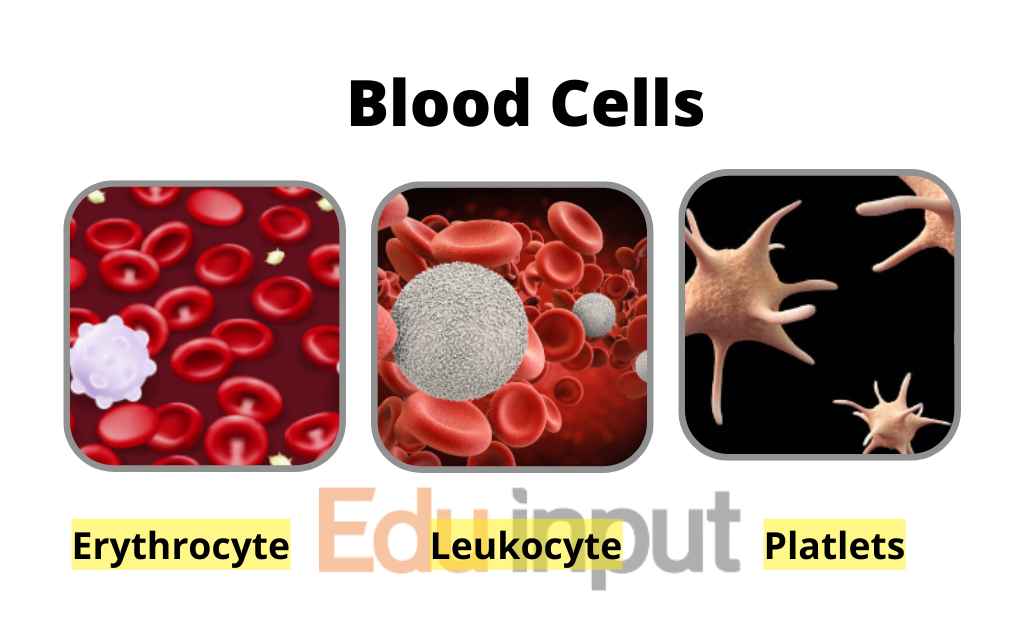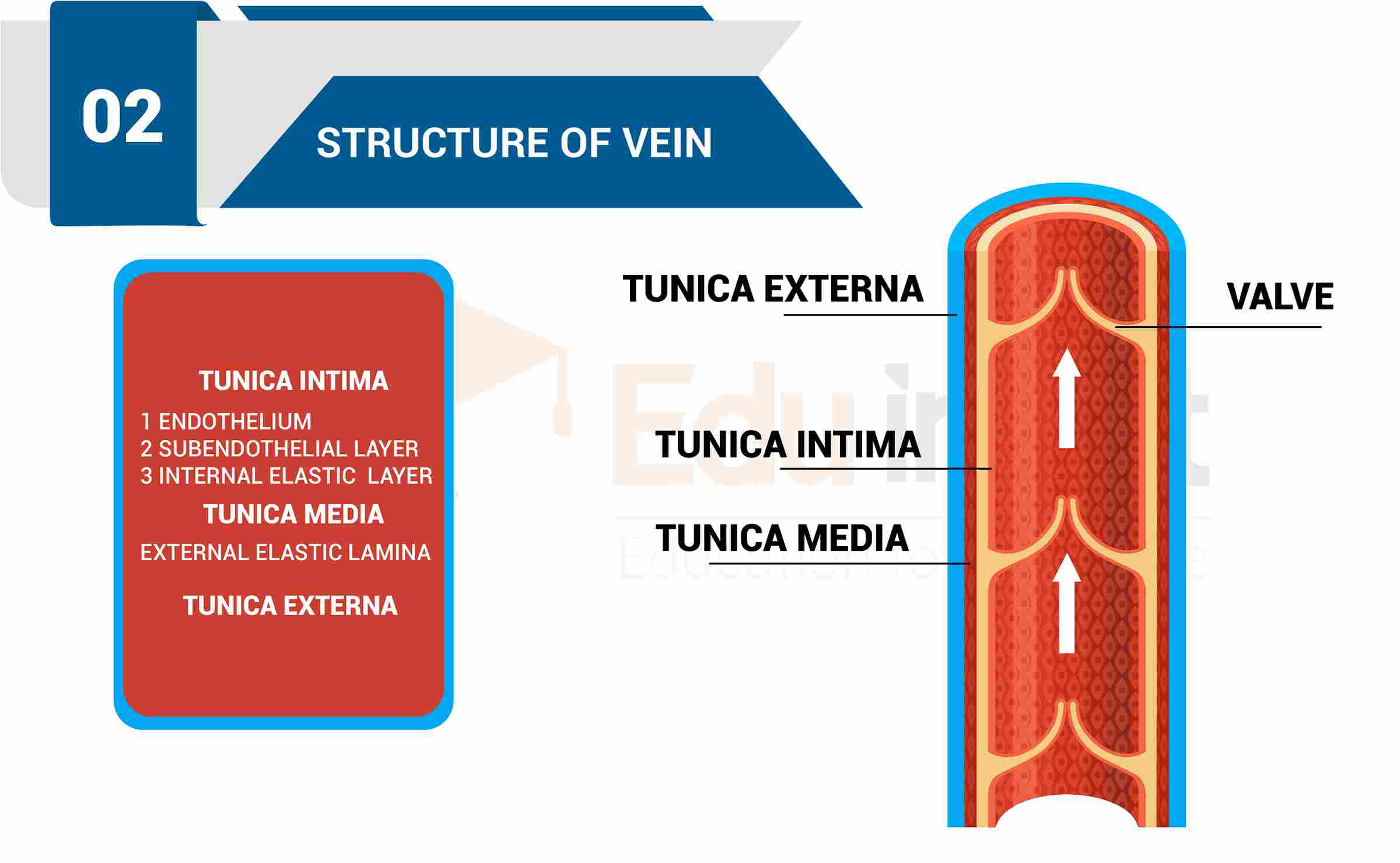Human Heart – Structure, Function, How It Works
The human heart is a fist-sized organ. It pumps blood throughout the body. It is most important organ of circulatory system. The human heart contains four main chambers made of muscle and powered by electrical impulses. The brain and nervous system direct the Human heart’s function
The Human heart is present in the center of the chest, slightly to the left. The ribs and sternum protects Human heart.
The heart is one of most important organs in the body, as it is essential for life. Without the heart, blood would not be able to circulate throughout the body, and cells would not be able to receive the oxygen and nutrients they need for survive.
Structure of Human Heart
Heart consists of following components:
Chambers of Heart
Ther are four chambers of Heart:

1. Right atrium
The right atrium receives oxygen-poor blood from the body through two large veins, the superior vena cava and the inferior vena cava. It then pumps the blood to the right ventricle.
2. Right ventricle
The right ventricle pumps the oxygen-poor blood to the lungs through the pulmonary artery. The lungs add oxygen to the blood and remove carbon dioxide.
3. Left atrium
The left atrium receives oxygen-rich blood from the lungs by the pulmonary veins. It then pumps the blood to the left ventricle.
Left ventricle
The left ventricle pumps the oxygen-rich blood to the body through the aorta, the largest artery in the body. The aorta branches off into smaller arteries that carry blood to all parts of the body.
Valves of Heart
The heart consists of four valves that prevent blood from flowing backward. The valves are:
- Tricuspid valve: Tricuspid valve is present between the right atrium and the right ventricle.
- Pulmonary valve: Pulmonary valve is present between the right ventricle and the pulmonary artery.
- Mitral valve: Mitral valve is present between the left atrium and the left ventricle.
- Aortic valve: Aortic valve is present between the left ventricle and the aorta.
Heart Walls
The heart walls consist of three layers:
Epicardium: It is the outer layer of the heart wall. It is made up of a thin layer of tissue that protects the heart.
Myocardium: It is the middle layer of the heart wall. It is made up of muscle tissue that pumps blood.
Endocardium: It is the inner layer of the heart wall. It is made up of a thin layer of tissue that lines the heart chambers and valves.
Electrical Conduction System
The electrical conduction system of heart controls the heartbeat. It is made up of a group of specialized cells that send electrical signals to the heart muscles to make them contract.
Function of Heart
The heart has three main functions:
- To pump blood throughout the body – The heart pumps blood to the lungs and to the rest of the body. This blood delivers oxygen and nutrients to all cells and removes waste products.
- To control the rhythm and speed of the heart rate – The heart rate is the number of times the heart beats per minute. The heart rate is controlled by the nervous system and by hormones.
- To maintain blood pressure – Blood pressure is the force of blood against the walls of the arteries. The heart helps to maintain blood pressure by pumping blood with enough force to reach all parts of the body.
How Heart Works?
The heart works by contracting and relaxing its chambers. This cycle of contraction and relaxation is called the cardiac cycle. The cardiac cycle consists of following four phases:
- Atrial systole: The atria contract and pushing blood into the ventricles.
- Ventricular systole: The ventricles contract, pumping blood out to the lungs and body.
- Atrial diastole: The atria relax, filling with blood from the veins.
- Ventricular diastole: The ventricles relax, filling with blood from the atria.
The heart valves open and close during the cardiac cycle to keep blood flowing in the correct direction. The mitral valve and tricuspid valve open during atrial systole to allow blood to flow from the atria to the ventricles. The pulmonary valve and aortic valve open during ventricular systole to allow blood to flow from the ventricles to the lungs and body.
How Heart Works with Other Organs?
The heart works with other organs in the body to control heart rate and other body functions. The primary systems are:
Nervous system
The nervous system helps control heart rate by sending signals to the heart. When you are at rest, the nervous system sends signals to the heart to beat slower. When you are exercising or stressed, the nervous system sends signals to the heart to beat faster.
Endocrine system
The endocrine system sends out hormones that can affect heart rate and blood pressure. For example, the hormone adrenaline can cause the heart rate to increase and blood pressure to rise.

 written by
written by 




Leave a Reply